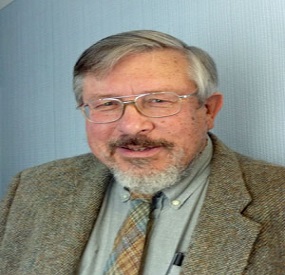
Dr Beau Webber
University of Kent, UK United KingdomTitle: Time-Domain benchtop and mobile NMR for liquid & solid material science, pore-size measurement and process monitoring
Abstract:
We discus Time-Domain NMR, as a method of measuring the physical properties of liquid and solid materials. Time-Domain NMR is also a good technique for measuring pore-size distributions from the nano-meter to microns.
When an NMR measurement is made on a sample, the perturbed magnetisation of the nuclei creates a measurable signal that evolves with time. This signal is often then Fourier-Transformed to give spectral information, but for physical information there are many advantages in studying the captured time-domain signal.
Time-Domain NMR is excellent for quantified monitoring of physical change, particularly as a function of some changing parameter such as time or sample temperature. Thus it is a superb tool for material science studies on both liquids and solids and also hence for process monitoring and control.
Biography:
Beau Webber gained his PhD at the University of Kent, UK (thesis : "Characterising Porous Media"). He has published more than 50 papers in refereed journals, and is a called upon referee. He makes use of a wide range of measurement techniques for studying porous materials and liquids contained in them and has made extensive use of Central Facilities neutron scattering instrumentation at Grenoble, Paris and Abingdon, for these studies. He is director of Lab-Tools (nano-science) Ltd. a small UK spin-off research laboratory that performs academic and commercial contract nano- to meso- materials-science research, studying the structure, dynamics and phases of liquids and their solids (and also gas hydrates) in confined geometry and at and near surfaces. Lab-Tools also designs, implements and sells the cutting-edge NMR instrumentation needed to carry out this research, including NMR relaxation spectrometers and NMR cryoporometers.
